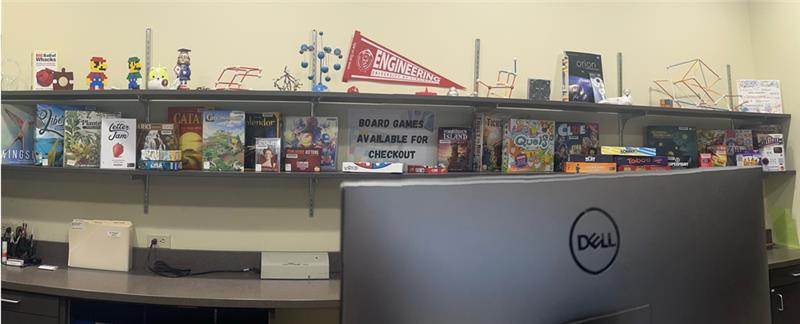
As a member of OhioLINK, the state’s academic library consortium, University of Cincinnati authors have access to all Elsevier, Wiley, and Springer journals in addition to open access publishing benefits that are subject to an annual limit.
The Elsevier, Wiley, and Springer deals have a maximum number of articles per year that may be published as Open Access under this agreement. It is very likely that University of Cincinnati will reach its limit in 2024 for all 3 publishers. Find more details below. When the 2024 calendar year limit is reached, corresponding authors will no longer see the option to publish Open Access at no charge during their article publishing process.
Corresponding authors have two options: 1) they can choose to publish Open Access on their own and pay the APC, or 2) if they are submitting to a hybrid journal, they can choose to publish the article under the traditional subscription access model at no charge.
Contact Sharon Purtee with questions – purteesa@ucmail.uc.edu.
You can find more information and stay current here: https://guides.libraries.uc.edu/OA_APC
Elsevier
- As of August 8th, 25% of the 2024 calendar year allocation of Open Access fee-waived articles remains for Elsevier.
- More Info: https://www.ohiolink.edu/content/elsevier_oa_publishing_information_authors
Springer
- As of August 8th, 21% of the 2024 calendar year allocation of Open Access fee-waived articles remains for Springer.
- More Info: https://www.ohiolink.edu/content/wiley_oa_publishing_information_authors
Wiley
- As of August 8th, 33% of the 2024 calendar year allocation of Open Access fee-waived articles remains for Wiley.
- More info: https://www.ohiolink.edu/content/springer_oa_publishing_information_authors



 The
The  Starting January 1st, 2022, the full journal portfolio of the American Astronomical Society (AAS) are now completely open access. The journals include the
Starting January 1st, 2022, the full journal portfolio of the American Astronomical Society (AAS) are now completely open access. The journals include the 
 Nanosensors for Smart Cities
Nanosensors for Smart Cities Intelligent Nanomaterials for Drug Delivery Applications
Intelligent Nanomaterials for Drug Delivery Applications
 Natural Language Processing for Social Media
Natural Language Processing for Social Media Arduino I: Getting Started
Arduino I: Getting Started  The
The 